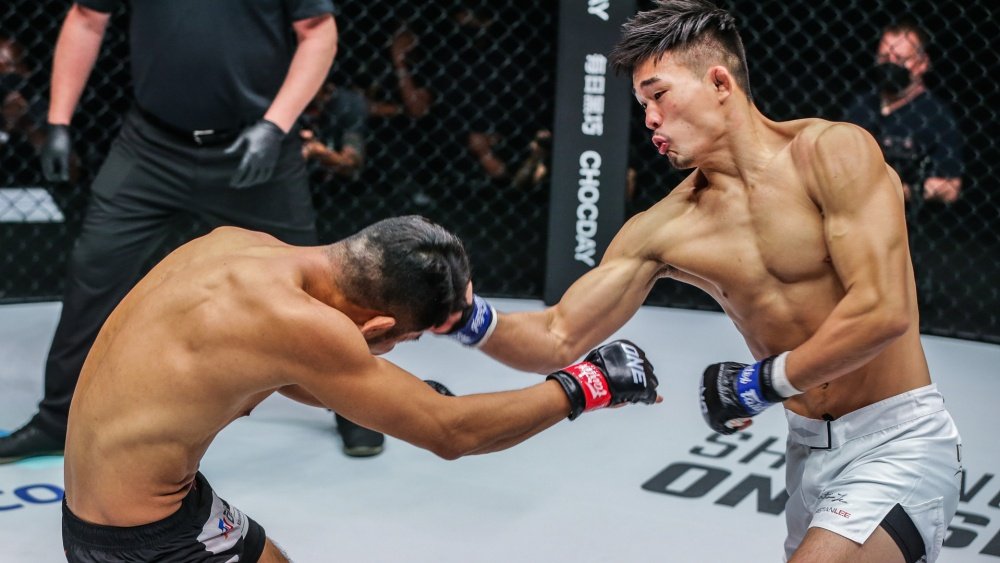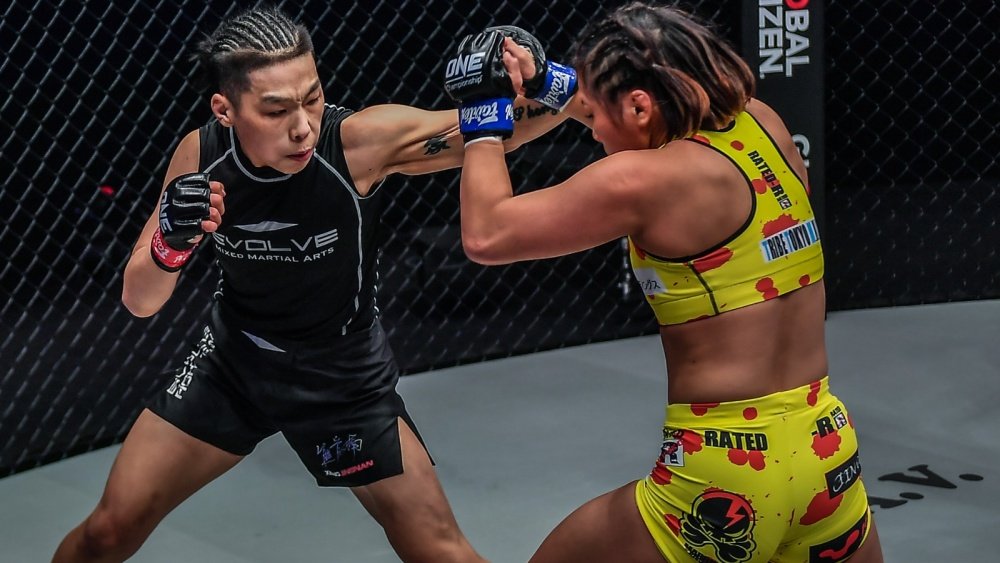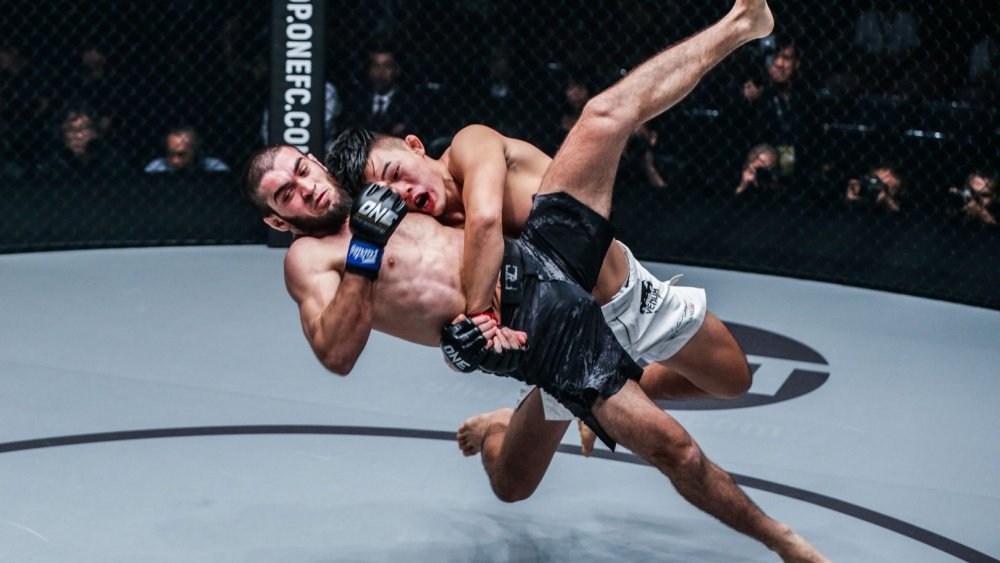Welcome to “Creating Openings: Advanced Offensive Tactics for MMA Strikers.” This article will take you on a journey through innovative techniques designed to help you outsmart your opponent and exploit their weaknesses in the cage. You’ll discover strategies that go beyond basic striking, including feints, setups, and timing adjustments, to create opportunities for devastating attacks. Whether you’re a seasoned fighter or just looking to refine your skills, these advanced tactics will elevate your game and give you a significant edge in the ring. Get ready to dive into the intricate world of MMA striking and unlock your full potential. Have you ever wondered how elite MMA strikers seem to effortlessly create openings to land devastating blows? If you’re looking to elevate your striking game and understand the intricate details of creating offensive opportunities in mixed martial arts, you’re in the right place. This article delves into advanced tactics and concepts that top-level fighters use to break through their opponent’s defenses and deliver fight-ending strikes.

Understanding the Importance of Creating Openings
Why Openings Matter in Striking
In MMA, the ability to create openings can be the difference between a win and a loss. Openings are those brief moments when your opponent’s guard is down or their attention is diverted, allowing you to land clean, effective strikes. These moments are fleeting, and recognizing them requires a keen eye and a deep understanding of striking dynamics.
The Consequences of Missing Openings
Missing these opportunities can leave you exposed and even turn the tide against you. Therefore, enhancing your ability to create and exploit openings is indispensable for any striker looking to ascend to the next level.
The Fundamentals Revisited
Footwork: The Foundation of Creating Openings
Good footwork is the backbone of any effective striking game. It allows you to maintain optimal positioning, create angles, and avoid your opponent’s attacks. Advanced footwork goes beyond basic movements; it involves feints, pivots, and stutter steps to confuse and deceive your opponent.
Types of Footwork Techniques
| Technique | Description |
|---|---|
| Pivoting | Rotating on your lead foot to change angles. |
| Lateral Movement | Side-to-side movement to avoid strikes and create angles. |
| In-and-Out Movement | Quick steps forward and back to control distance. |
| Feints | Pretending to commit to a movement to lure your opponent. |
Head Movement: More Than Just Dodging
Effective head movement isn’t just about dodging punches—it’s also a tool for creating openings. By moving your head, you can bait your opponent into committing to a strike, leaving them vulnerable to counterattacks.
Types of Head Movement
| Technique | Description |
|---|---|
| Slips | Quick, slight movements to avoid straight punches. |
| Weaves | Circular motions to avoid hooks and uppercuts. |
| Rolls | Dropping levels and moving to avoid strikes and change angles. |
The Jab: More Than a Basic Tool
While often considered a simple strike, the jab is one of the most versatile tools in a striker’s arsenal. It’s used not only for hitting but also for setting up combinations and creating openings.
Uses of the Jab
| Use | Description |
|---|---|
| Range Finder | Gauges distance between you and your opponent. |
| Distraction | Occupies your opponent’s attention while you set up other strikes. |
| Combination Starter | Opens up the defense for subsequent strikes. |
Advanced Offensive Tactics
Feints and Fakes: The Art of Deception
Feints and fakes are essential for setting traps and keeping your opponent guessing. By pretending to commit to a strike, you can elicit defensive reactions from your opponent, creating openings for your actual attacks.
Effective Feint Techniques
| Technique | Description |
|---|---|
| Hand Fake | A quick motion with the hand to simulate a jab or punch. |
| Level Change Feint | Pretending to go for a takedown or body shot. |
| Foot Fake | Using footwork to simulate a step-in strike. |
Timing and Rhythm Adjustment
Changing your timing and rhythm can disrupt your opponent’s expectations. Instead of striking at predictable intervals, vary your attack speed and rhythm to catch your opponent off guard.
Techniques to Change Timing
| Technique | Description |
|---|---|
| Stutter Step | A quick, unexpected step before launching your attack. |
| Pause and Go | A brief pause to break the rhythm, followed by an explosive strike. |
| Double Jab | Throwing two jabs in quick succession to disrupt timing. |
Angle of Attack: How to Use Angles Effectively
Attacking from different angles can confuse your opponent and open up new avenues for strikes. Using angles allows you to avoid your opponent’s counters while positioning yourself to land effective strikes.
Methods for Creating Angles
| Method | Description |
|---|---|
| Pivoting | Quickly changing direction to attack from a new angle. |
| Side-Stepping | Moving laterally to create a better striking position. |
| Switch-Hitting | Changing stances to open different angles of attack. |
High-Volume Attacks: Overwhelming Your Opponent
Sometimes, the best way to create openings is to overwhelm your opponent with a relentless barrage of strikes. High-volume attacking can force your opponent to make mistakes, leading to openings you can exploit.
Strategies for High-Volume Attacks
| Strategy | Description |
|---|---|
| Flurries | Short bursts of rapid punches and kicks. |
| Continuous Pressure | Maintaining a steady stream of strikes to keep your opponent defensive. |
| Combination Chains | Stringing together multiple combinations to create openings. |
Psychological Aspects of Creating Openings
Reading Your Opponent
Understanding your opponent’s habits and defensive tendencies can provide vital clues for creating openings. Studying their past fights or even observing them during the bout can offer insights into how they’re likely to react under pressure.
Methods to Read Opponents
| Method | Description |
|---|---|
| Analyzing Footage | Studying past fights to understand their habits. |
| Observing Patterns | Noting repetitive movements and reactions during the fight. |
| Testing Reactions | Throwing exploratory strikes and feints to gauge responses. |
Mental Triggers and Baits
Using psychological triggers and baits can force your opponent into making mistakes. By exploiting their fear, aggression, or sense of urgency, you can create openings that wouldn’t exist otherwise.
Triggers to Use
| Trigger | Description |
|---|---|
| Aggression Bait | Provoking your opponent to attack recklessly. |
| Fear Exploit | Targeting previously injured areas to exploit psychological pressure. |
| Urgency Creation | Making your opponent feel they need to act immediately. |
Confidence and Composure
Your ability to remain composed under pressure can help you exploit openings that a less calm fighter might miss. Confidence not only affects your performance but can also intimidate your opponent, creating mental openings.
Building Confidence
| Method | Description |
|---|---|
| Visualization | Mentally rehearsing creating and exploiting openings. |
| Experience | Sparring and actual fight experience to build situational awareness. |
| Positive Affirmations | Reinforcing self-belief through positive mental statements. |

Combining Striking and Grappling
Seamless Integration of Strikes and Takedowns
Combining striking with grappling can create unique openings. Switching between striking and takedown attempts makes you unpredictable and keeps your opponent guessing.
Techniques for Integration
| Technique | Description |
|---|---|
| Strike to Takedown | Using strikes to set up takedown attempts. |
| Takedown to Strike | Using failed takedown attempts to land strikes. |
| Clinch Striking | Using strikes within the clinch to create takedown opportunities. |
Utilizing the Clinch
The clinch is a highly versatile position that many fighters underutilize for creating openings. Effective clinch work can lead to strikes, takedowns, or a dominant position on the ground.
Clinch Techniques
| Technique | Description |
|---|---|
| Dirty Boxing | Throwing short, powerful punches from the clinch. |
| Muay Thai Clinch | Controlling the opponent’s head and delivering knees and elbows. |
| Collar Tie | Using a one-arm clinch to control your opponent and create openings for strikes. |
Ground and Pound: The Final Exploitation
Once the fight goes to the ground, effective ground and pound can open up a multitude of finishing opportunities. Being able to strike effectively from the top position can lead to either a stoppage or force your opponent to make mistakes.
Techniques for Effective Ground and Pound
| Technique | Description |
|---|---|
| Posturing Up | Creating space to deliver powerful strikes. |
| Shoulder Pressure | Using shoulder pressure to control your opponent’s posture. |
| GNP Drills | Practicing ground and pound on heavy bags to simulate fight conditions. |
Sparring and Training Drills
Sparring for Realism
Sparring is a crucial part of training and offers a realistic testing ground for your skills. However, it’s essential to practice safely and respectfully to ensure progress without injury.
Sparring Tips
| Tip | Description |
|---|---|
| Controlled Intensity | Sparring at a controlled intensity to focus on technique. |
| Diverse Partners | Sparring with different opponents to encounter various styles and tendencies. |
| Scenario-Based Sparring | Focusing on specific situations to improve certain aspects of your game. |
Drills to Enhance Offensive Tactics
Implement targeted drills that hone the specific skills needed to create and exploit openings. From shadowboxing to pad work, these drills can elevate your striking game.
Effective Drills
| Drill | Description |
|---|---|
| Feinting Drill | Practicing various feints and observing opponent reactions. |
| Timing Drills | Working on changing rhythm and timing for strikes. |
| Angle Drills | Using footwork drills to improve angle creation and utilization. |
Reviewing and Revising Your Tactics
Constant evaluation and adjustment of your tactics are crucial for ongoing improvement. Reviewing your sparring sessions and fights can provide insights into what works and what needs refinement.
Review Techniques
| Technique | Description |
|---|---|
| Video Analysis | Reviewing footage of your sessions and fights. |
| Feedback Sessions | Getting constructive feedback from coaches and training partners. |
| Self-Assessment | Critically analyzing your own performance and identifying areas for improvement. |

Conclusion
Creating openings in MMA striking is an advanced skill that separates the good from the great. By understanding the fundamentals, employing advanced tactics, and continually refining your approach, you can elevate your game to new heights. Remember, becoming a proficient striker is a journey that involves physical training, mental preparation, and relentless dedication. Keep experimenting, learning, and adapting, and soon you’ll find yourself creating and exploiting openings like a true seasoned fighter. Happy training!

